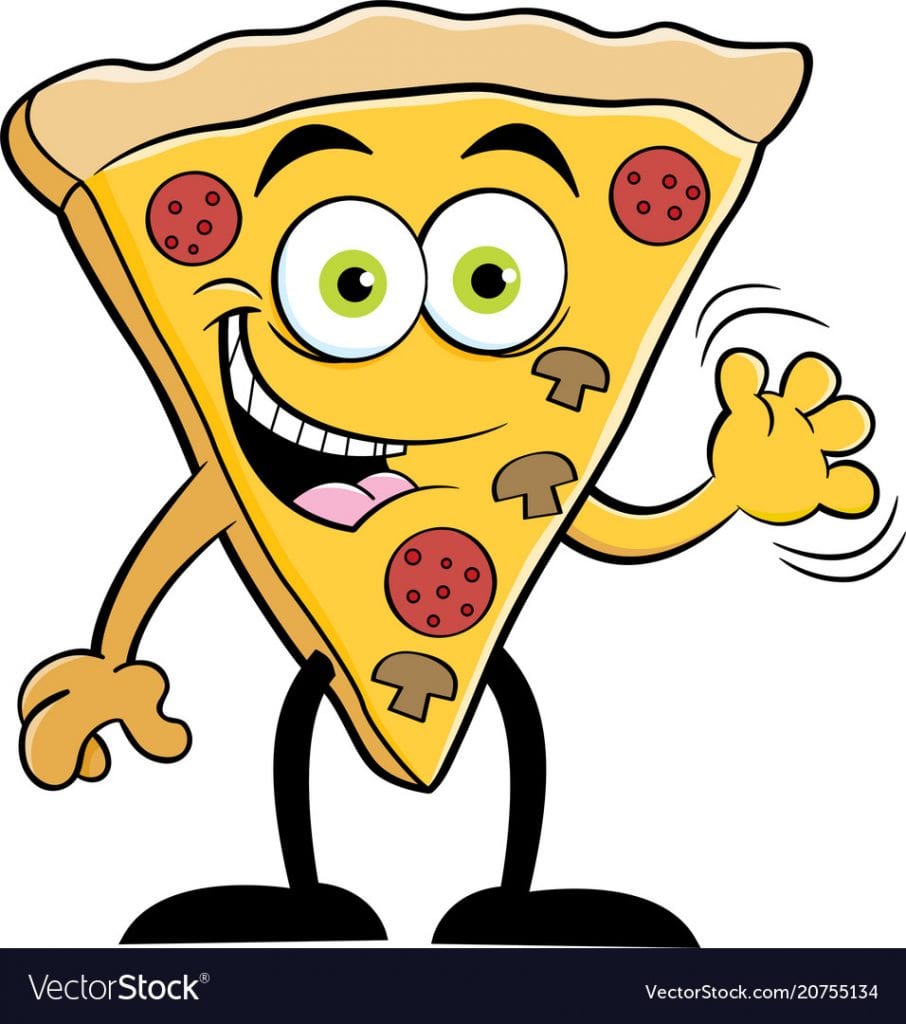Reading: Students will learn to ask and answer such questions as who, what, where, when, why, and how to demonstrate understanding of key details in a text. They will know and use various text features (e.g., captions, bold print, subheadings, glossaries, indexes, electronic menus, icons) to locate key facts or information in a text efficiently.
Math: Students will measure to determine how much longer one object is than another, expressing the length difference in terms of a standard length unit. They will measure the length of an object twice, using length units of different lengths for the two measurements; describe how the two measurements relate to the size of the unit chosen. Students will use addition and subtraction within 100 to solve word problems involving lengths that are given in the same units, e.g., by using drawings (such as drawings of rulers) and equations with a symbol for the unknown number to represent the problem.
Writing: Students will write narratives in which they recount a well-elaborated event or short sequence of events, include details to describe actions, thoughts, and feelings, use temporal words to signal event order, and provide a sense of closure.
Science: Students will learn about the structure and properties of matter. Students will learn that different kinds of matter exist and many of them can be either solid or liquid, depending on temperature. Also, matter can be described and classified by its observable properties.
Social Studies: Students will distinguish between physical(trees, clouds, weather) and human(buildings, playground, sidewalks) characteristics of places. They will also describe the means people create for moving people, goods, and ideas within the local community. They will learn that a community is a place where people live, work and play.

